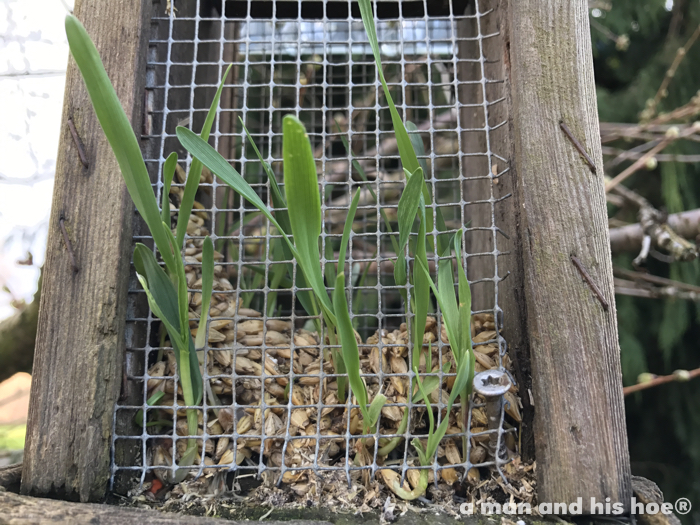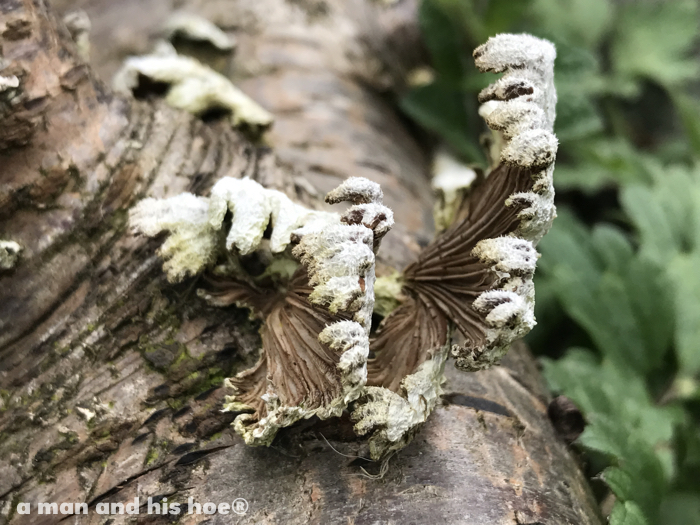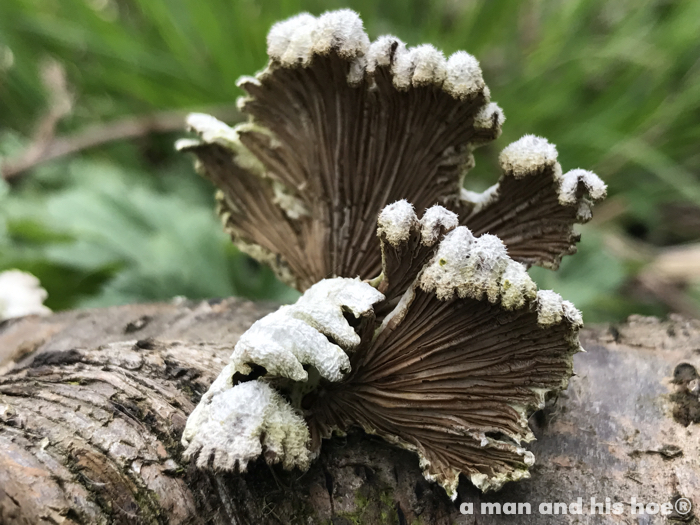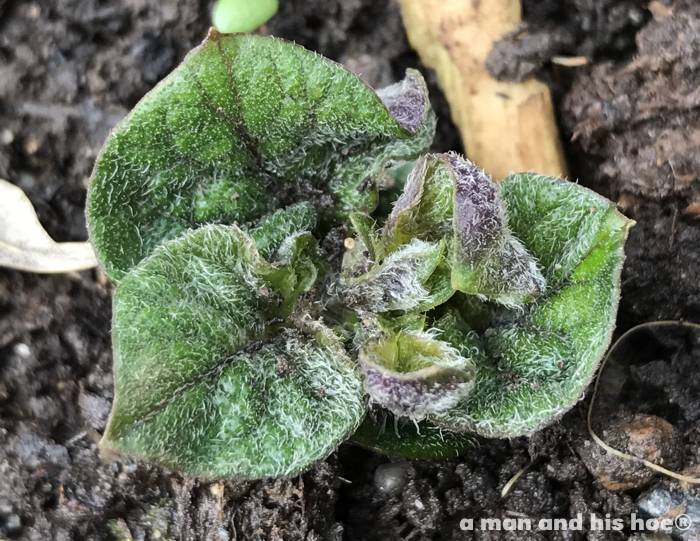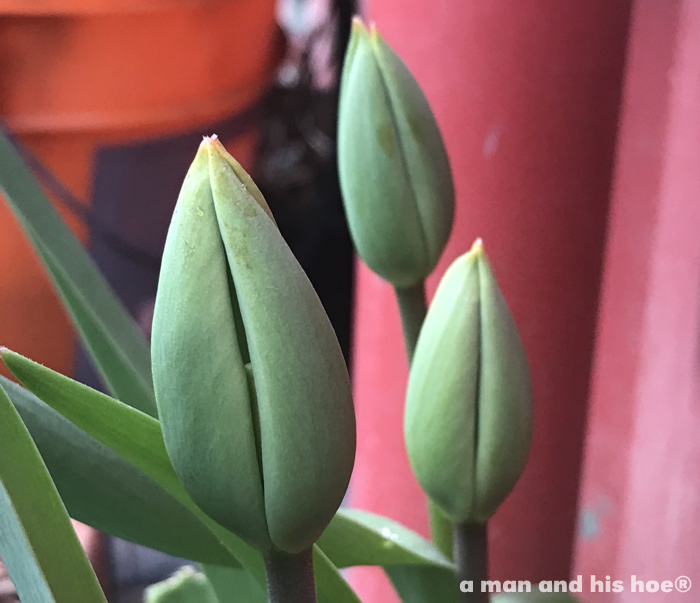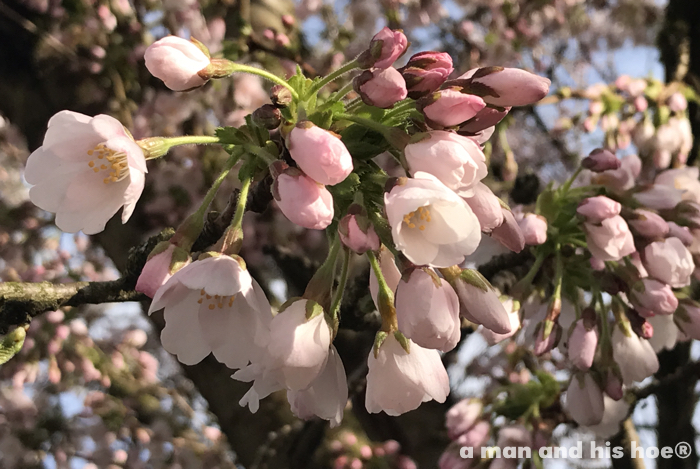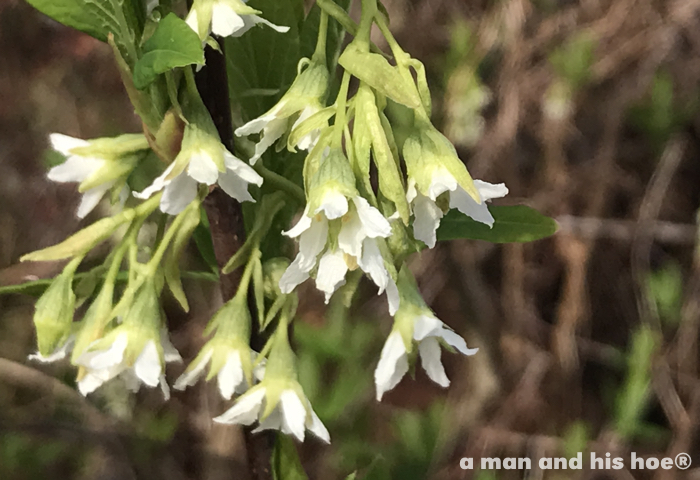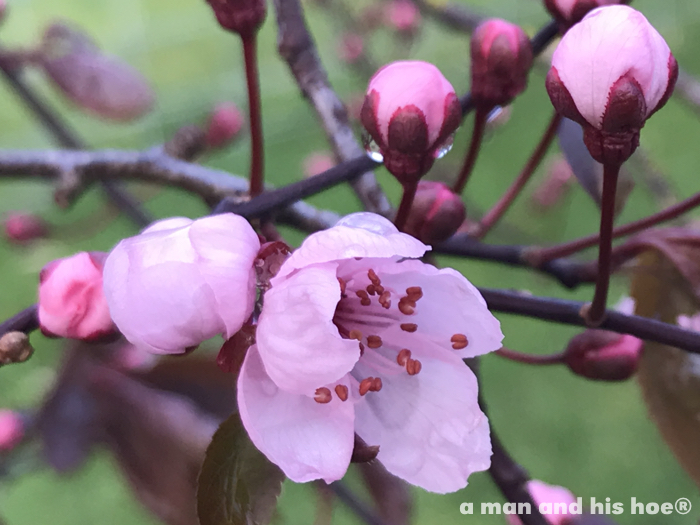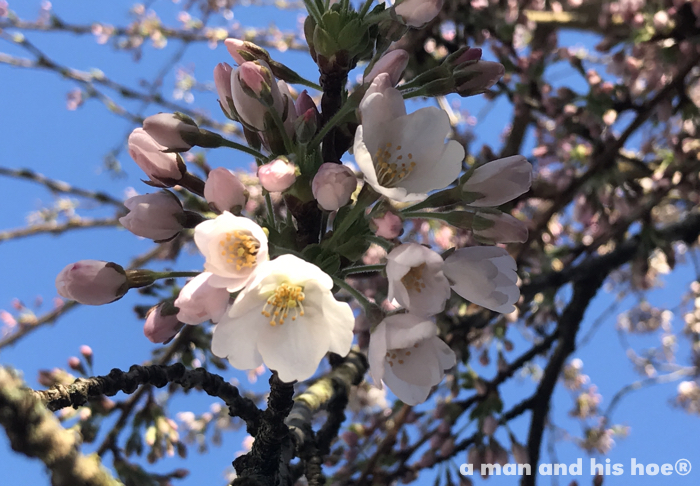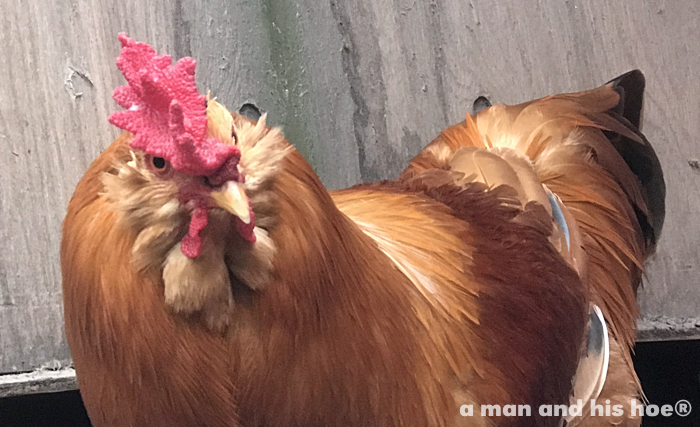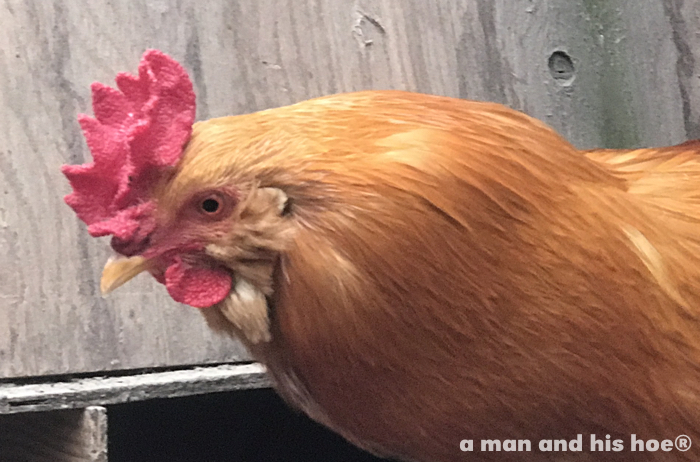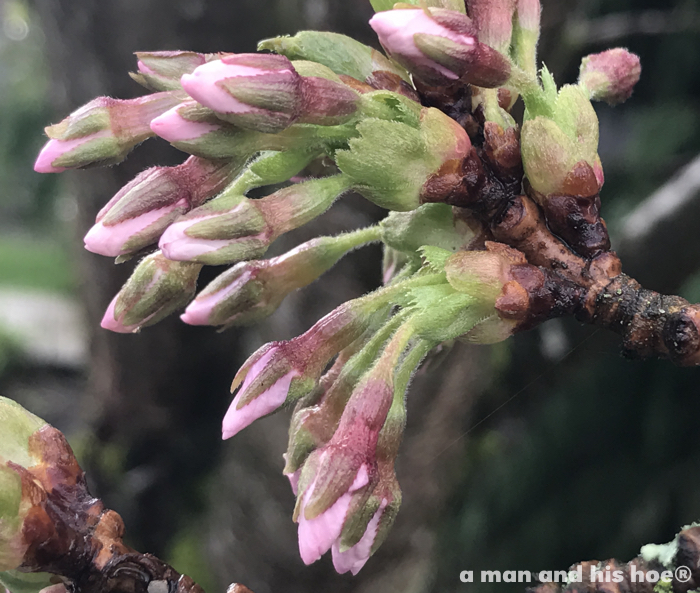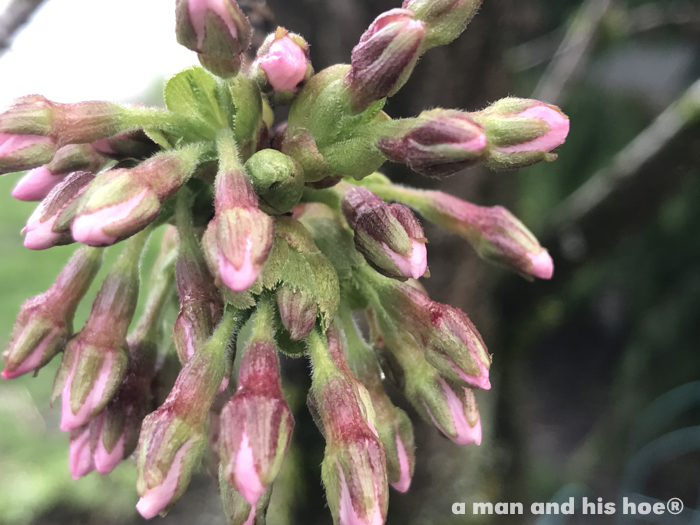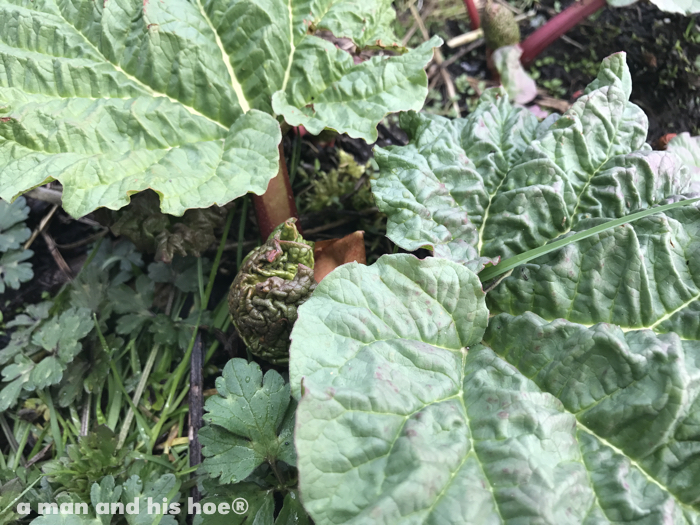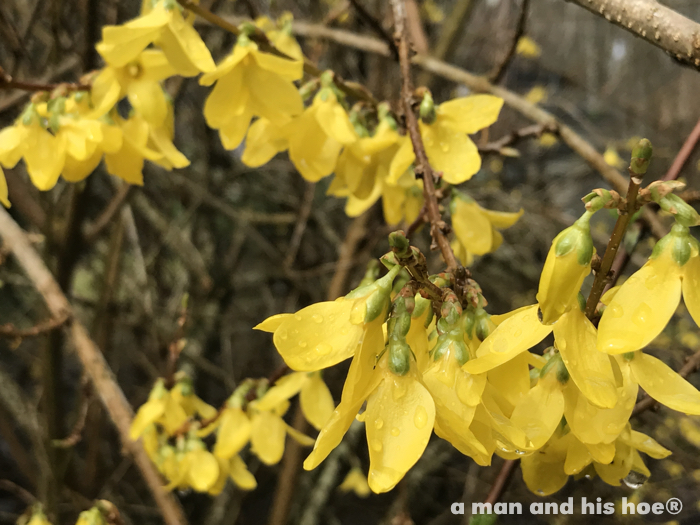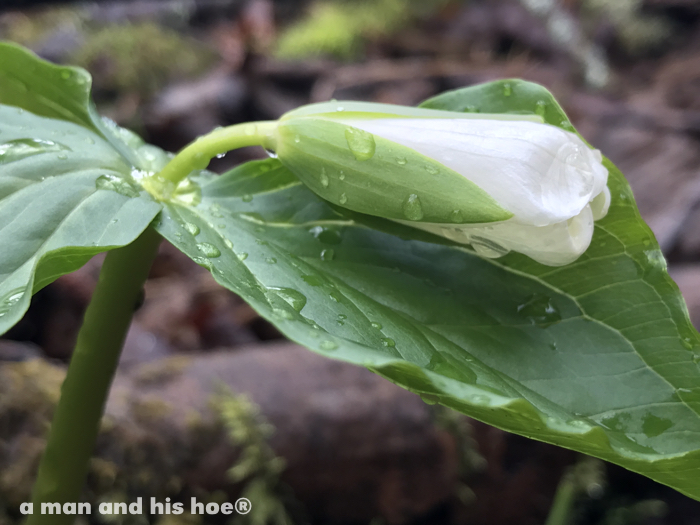
The snow geese are still here, making the fields as white as the snow covered mountains. It’s only a matter of weeks before they take off for the far north. As they finish their winter sojourn here, are they dreaming of feasting on swarms of mosquitos in the tundra? Are they arguing whether to take the scenic route or the quickest route? Are the couples quarreling over how many chicks to raise?
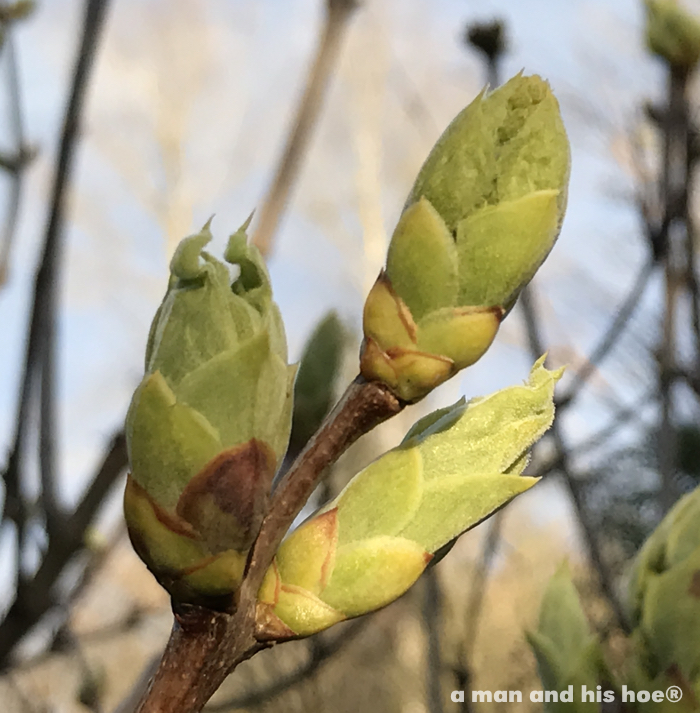
The lilac buds are swelling. The crocus are pushing out of the ground. At the faintest sign of light, birdsong fills the air.
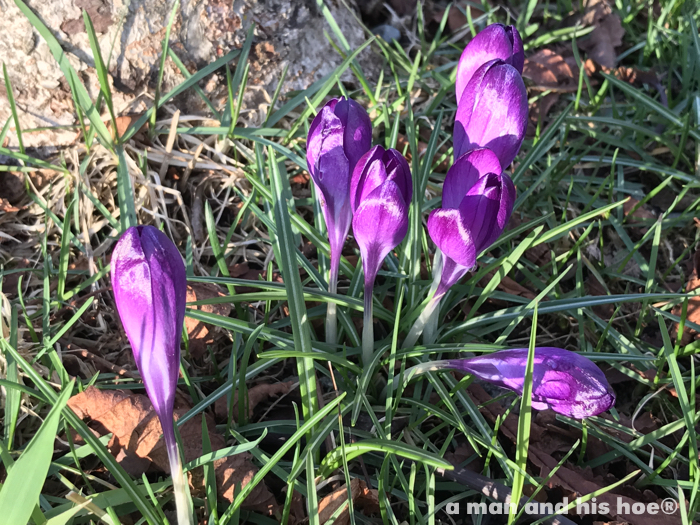

The sweet daphne, one of my favorite flowers, is in bloom. You can get drunk just by smelling them. It takes just one small sprig with a blossom to fill your whole house with their perfume. A native of southern China, here it is thousands of miles from its homeland, scenting the early spring air.
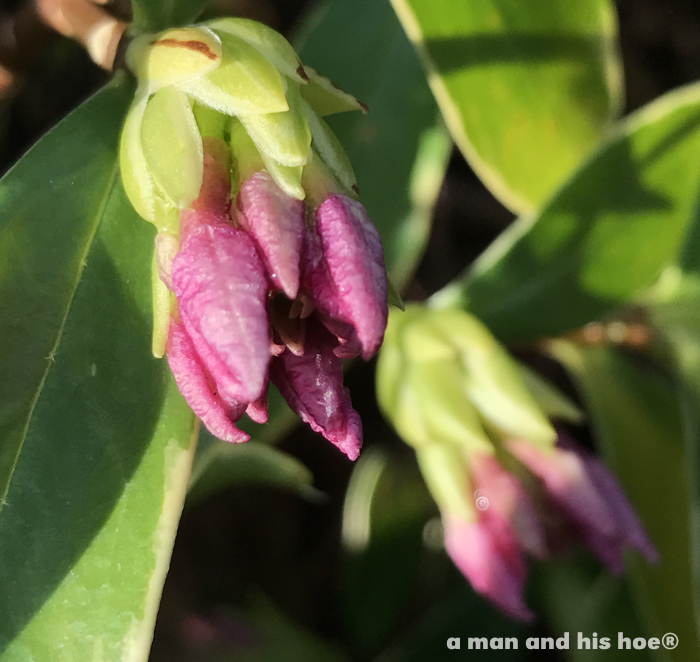

The cherry buds are puffing out, their pink perhaps shame at taking so long to bloom this year? Grain the birds didn’t eat has sprouted in the bird feeder. Grain seeds are complex structures. They are packets of nutrients with built in digestive systems to turn the stored starches into sugars for the young sprouts. A host of enzymes break down the starches into sugars to feed the new shoots. When grains like wheat and rye are ground into flour, these enzymes are still there, so when you add water to flour and let it sit, the water activates the enzymes and they go to work breaking down the starches into complex sugars, which is why, you get the most delicious breads if you first just mix the flour with water and let it rest for hours and hours.
